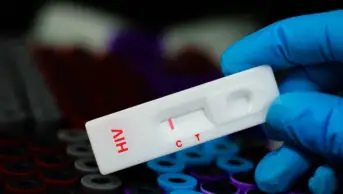This was demonstrated by speakers at the RoyalPharmaceutical Society conference (9 September 2012). Sue Fairburn, a lecturerin product design at Robert Gordon University, explained that design isunderstanding specific needs of the user and the product. She demonstrated someprojects that were used to create health services by speaking with customers toidentify issues and that reframing the problem can lead to design. An exampleof this was poor access to medical care in developing countries which led tothe design of a bike ambulance made from local bamboo.
James King, a designer at Science Practice, described how heresearched the way customers viewed the experience of community pharmacy. Byanalysing drawings they made, he found that some people found pharmacies to have a clinical atmosphere and that information they received from pharmacists could be confusing. He used this information to design potentialpharmacies that included more self-service schemes. Mr King also proposed the idea of a pharmacyin a coffee shop where customers could drop off prescriptions, have a coffeeand then receive their medication; perhaps in order to make the experience lessclinical. He emphasised that the ideas were not business plans but rather to form amap for developing new pharmacies in the future.
Ed Matthews, head of healthcare at the Helen Hamlyn centrefor design, explained how he worked with healthcare professionals in order toimprove the design of modern ambulances.


